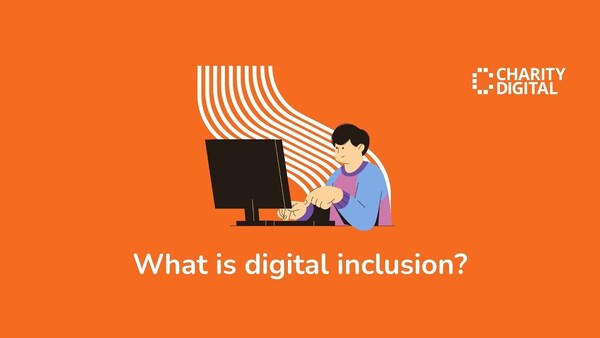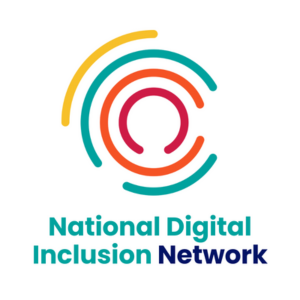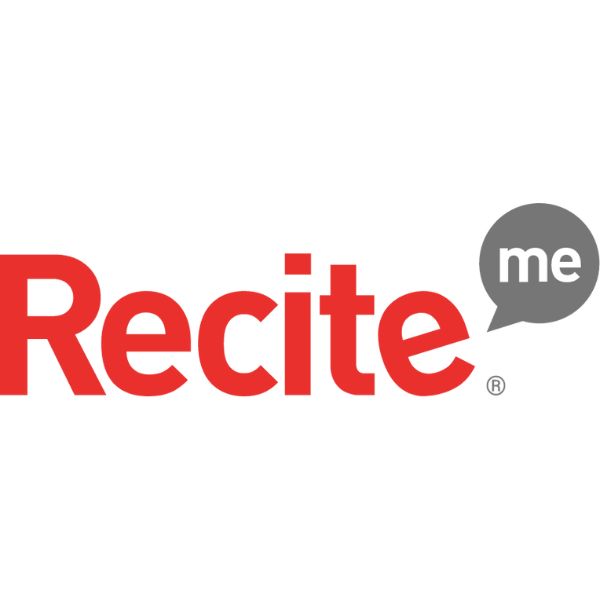Insights
INSIGHTS
All Topics
How AI can serve everyone
The public says no charity should be left behind during the artificial intelligence revolution. We explore how to make AI accessible to all
Click to listen to the articleplay_arrow05:11
Artificial intelligence (AI) has the potential to dramatically improve the support charities can provide service users. From to more accurate predictions of where natural disasters will strike to caring for people in their homes, the benefits of harnessing AI for good are immense.
But evidence has emerged that the public fears some charities may be left behind and will not be able to access AI opportunities. A major survey of 6,000 people in ten countries, carried out in 2024, found widespread support for ensuring charities of all sizes and in all locations benefit.
Here we look in detail at the findings from the survey, produced by the Charities Aid Foundation (CAF), and look at how to ensure no one is left behind in the AI revolution.
AI for all
CAF’s survey found that seven in ten people want to see more done by governments and other influential organisations such as technology companies to make sure AI is accessible to all charities. This includes ensuring it can be accessed by small organisations, people with additional needs or disabilities, as well as those in low-income economies.
Those surveyed, from countries including the UK, Indonesia, USA, India, and Brazil, are especially keen to see communities in countries impacted by disasters benefit. Three in ten list speeding up disaster response times as a key benefit for charities of using AI.
Respondents also revealed a strong appetite to find out more about how charities are and can use AI to support communities.
But charities considering using AI to reduce staff numbers need to be on the guard from a public backlash. Three in ten cited workforce reduction as their biggest concern around the use of AI by charities.
The survey indicates people will soon know about how charities are using AI. Seven in eight said they pay attention to what charities say about the technology and how they are using it.
High end donors are particularly interested in how charities deploy AI, indicating charities who can prove the impact of its use could help raise more funds.
Among high end donors three quarters say they pay attention to how charities use AI, compared to just under half of small donors.
Globally, those from low- and middle-income countries are more enthusiastic about how AI can support good causes. While in Kenya more than two in five are optimistic about AI benefits to communities, this proportion drops to only one in 20 among UK and US respondents.
Improving AI accessibility
There are a raft of ways AI can be more accessible so that no charity is left behind.
According to CAF, tech companies need to be ensuring that charities of all sizes and levels of resources can access AI technology, by ensuring it is affordable and available globally.
“AI must not be the privilege of the few,” says CAF Chief Executive Neil Heslop. “We must work together with the technology industry to ensure it is accessible for large and small charities. Digital advances have great potential to support charities to further their missions and accelerate social progress.”
Ways this can be achieved is to ensure it can be used by people with limited technical expertise and reduce the need to hire specialists to operate AI.
An AI no-code or low-code cloud platform can address this. These help users to create AI applications with minimal coding requirements and provide intuitive, easy to understand visual interfaces with drag and drop functionality.
Tech companies also need to work together to pool their expertise and unsure AI is inclusive and can be used for all. Work is already underway to spread AI’s global reach, according to Washington based Brookings Institution’s Center for Technology Innovation.
It details how large tech firms, including IBM and Microsoft, are expanding “their footprint in the Global South” where take up of AI is minimal compared to the West.
IBM for example has research labs in Sao Paulo, Rio de Janeiro, Nairobi, and Johannesburg. Microsoft has a research base in Bangalore and development centres in Nairobi and Lagos.
Government action for AI
The Center for Technology Innovation is calling for governments in the Global South to help increase the global pool of AI experts further, by investing in training of AI developers and researchers in their countries.
Also, Global South governments can improve access to AI through education policy by integrating digital skills into primary and secondary school curricula to “help build a pipeline of researchers and developers in emerging technologies”.
In 2023, UK charity the Joseph Rowntree Foundation convened a “people’s panel on AI” involving a broad range of people from the UK to discuss the impact of AI.
Among its recommendations is the creation of a global governing body for AI, involving citizens from a range of countries, experts, and governments to ensure there is collaboration on regulating AI and no country specific laws are a barrier.
This panel also called for awareness raising drive in the UK highlighting the risks of AI as well as its opportunities.
Find out more
Our 2024 Digital Inclusion Summit revealed how charities can help can make the digital world a safer, happier, more inclusive place, from improving access to digital devices to demystifying cyber security. Click here to watch the session recordings for free.
Our report, ‘Digital inclusion in the UK charity sector’, uncovers charity practitioners’ attitudes towards digital inclusion, including the challenges charities face in reaching out to service users and how they are making the most of the digital technology they use. Click the link in the orange box below to download the report.
Our Digital Inclusion Hub features regular articles, podcasts, and webinars to help charities reach across the digital divide. Click here to learn more.
Joe Lepper
More on this topic
Recommended Products
Featured Products
Related Videos
24 Dec 2024by Josie Sparling
Podcast: What does digital accessibility mean for charities?
23 Dec 2024by Laura Stanley
What is the most secure way to send documents?Sponsored Article
Our Events
Charity Digital Academy
Our courses aim, in just three hours, to enhance soft skills and hard skills, boost your knowledge of finance and artificial intelligence, and supercharge your digital capabilities. Check out some of the incredible options by clicking here.





















